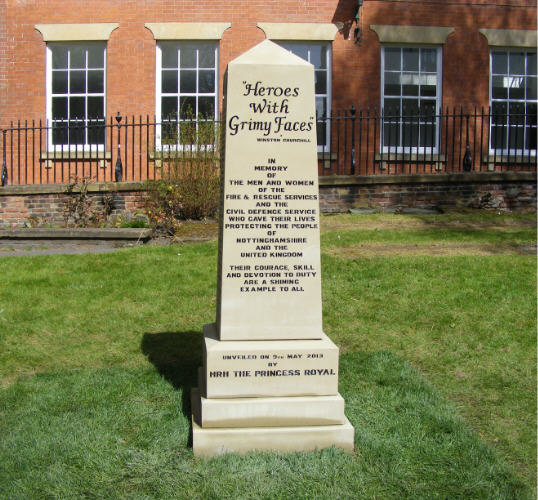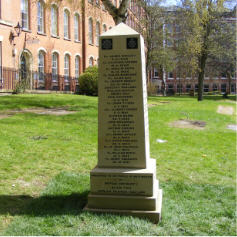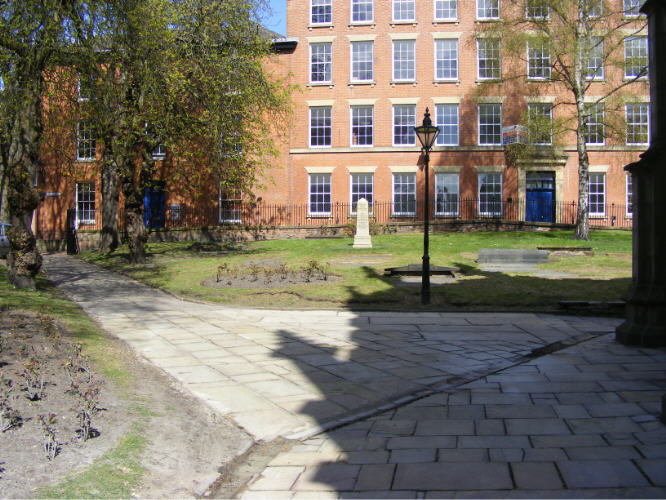

St. MARY's CHURCH, NOTTINGHAM The home of the |
 |
 |
 |
 |
| The memorial
to those who gave their life in the service of others as a member of the
Fire and Rescue Services of the Second World War and in the subsequent
years was unveiled on May 9th 2013 by Her Royal Highness the Princess
Royal. The Unveiling coincided with the 72nd anniversary of one of the
most severe bombing raids suffered by Nottingham during world War II.
This raid took many civilian lives including some of those commemorated
by the memorial. The roof of St. Mary's was set on fire during this raid and it is thanks to the brave and selfless efforts of two National Fire Service Firemen that this beautiful building was saved. Some of their recolections of that fire are recorded below in the "History of St Mary's". Both survived the War and became members of the Nottingham City Fire Brigade once the National Fire Service was disbanded and responsibility returned to local authorities. |
|||
|
History of St.Mary’s It is thought that a church has stood at this location since Saxon times. The Domesday Survey in 1086 makes mention of its presence and the current church, at least the third to be built on the site, can be dated back to 1370. St Mary’s is constructed in the Perpendicular style. The building is in the shape of a Latin cross with a tower at the crossing of the nave, transepts and chancel, with huge windows, delicate tracery, and slender ribbed pillars. The exterior is richly decorated with gargoyles, carved heads and animals. It is typical of the great churches constructed in the 14th and 15th centuries. Internally, there are fine examples of Victorian woodwork by George Gilbert Scott and by Bodley & Garner. St Mary’s is one of the key buildings in the city of Nottingham; it is Grade 1listed and the oldest and largest of the five medieval buildings in the city. In 1140, Nottingham was pillaged by a raiding Army commanded by the Earl of Gloucester. The church was set on fire and destroyed. |
The Story of the Stone Our stone began its journey as
a 1.3 tonne lump of rough York stone, hewn from a quarry near Leeds. ************************************************ |
||
web master Alan Yeo
Updated January 17, 2014
©Nottinghamshire Firefighters Memorial 2013
